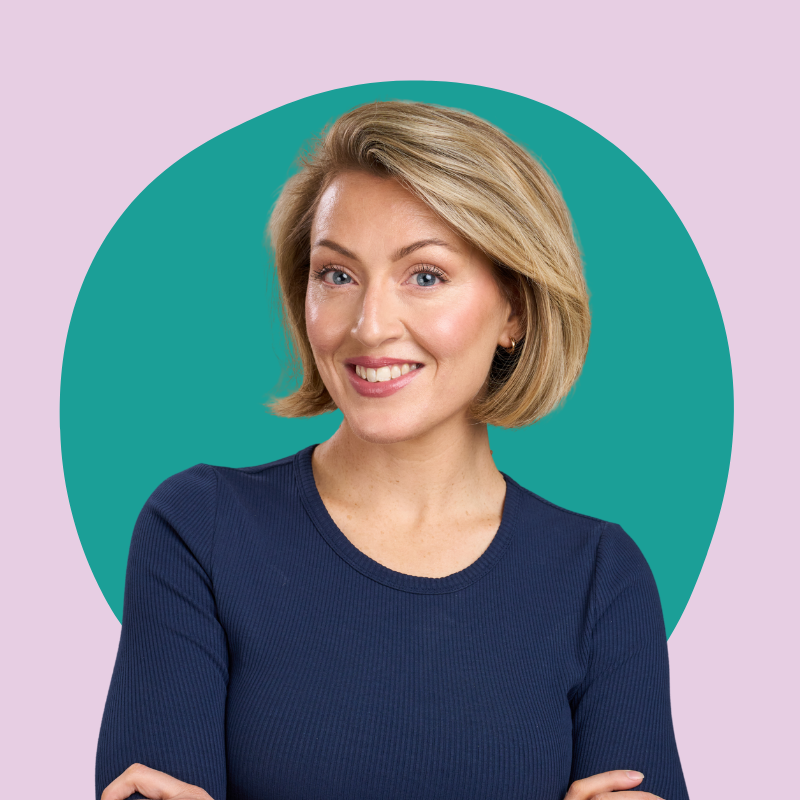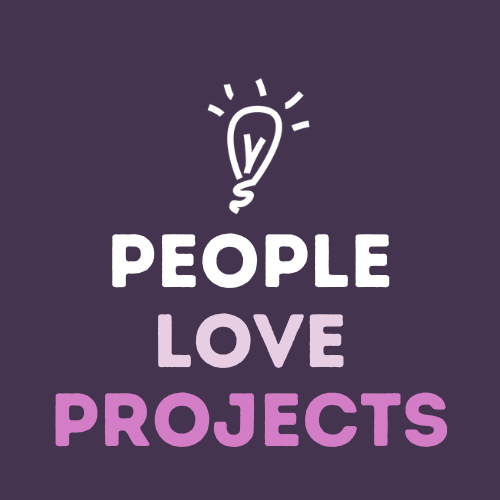Do you ever struggle to figure out which direction to go in? Or what step to take next?
Do you get stuck because you feel uncertain about your next move?
Most of the time, that uncertainty comes from a lack of conviction about the end result.
You don’t know what “done” looks like.
If you wanted to cook something you’ve never made before, would you fly blind and hope for the best? Or would you follow a recipe from a trusted source and follow that to the best of your ability?
If you’re smart, you’re going to follow the recipe. It lists the ingredients you’ll need, the equipment you’ll need, and the steps you have to take. Everything is there for you to produce the dish.
But the best kind of recipe also has a great image.
I know when I’m surfing the web for new recipes I’m looking for good-looking food. I almost never pick recipes without a delightful ‘end product’ image. And I’ve noticed that all my favorite cookbooks come with images of the finished dish too.
Seeing what we need to create — makes it easier (and more fun) to produce
In life, we don’t always get all the information that a good recipe provides.
Many times we’ll be missing ingredients, equipment, or a few (or all) of the steps to recreate what we want.
But one thing that we do have the power to produce is an epic picture of the end result we desire.
And that picture is powerful.
With cooking, you know that something is not quite right — if what you produce doesn’t match the picture you have in front of you.
The same thing goes with your next personal project.
If you don’t know what end result you want — or what the image of you having it provokes inside of you — then you’ll struggle to uncover all the missing ingredients, equipment and steps you need to follow to make it happen.
Life doesn’t come with a recipe
Some of the most valuable information is missing.
So if you don’t start with a clear vision of what you want, you will never find all the missing pieces to make that dream your reality.
To get the right things done, at the right time—you need to create your own recipe for success.
And that recipe is easier to conjure when you have a clear mental picture of what you want to create.
Plus, knowing what you’re getting at the end—knowing what done looks like—is going to reduce decisions, doubt, and distractions along the way, too.
3 simple steps to discovering what “done” looks like for your next project
Think about a project you are currently working on.
If you had the time to ship that project in the next 4 weeks – what would it look like as a finished product?
Let’s find out…
Step One:
Spend 10 minutes today answering the question what does “done” look like? – for one of your personal projects.
Give yourself an appetite of 4 weeks to get your project done. This way you have some parameters and can start visualizing what it looks like to achieve your desired result. And be able to mark your project as FINISHED.
You may need to hammer the scope of what you can achieve to fit into that timeframe. But that kind of positive constraint can be powerful for making faster progress.
Here are some helpful questions to help you explore “what done looks like” in more depth, for your next significant project:
- What problem does it solve?
- Who does it help? And why does it help them? (think about all the people that benefit from you doing your best work and pulling it off)
- At the end of your project, what will you have that you didn’t have before?
- What makes the outcome meaningful and significant?
- How will it make you feel when you’re finished?
- What difference does it make to your world today, once you’ve done the work required?
Put pen to paper and just write whatever comes to your mind.
This step is all about visualizing that tantalizing ‘end product’ you want your project to produce.
Step Two:
Spend 25 minutes today and brainstorm all the elements of getting your project from an idea — to done.
List all the steps involved to get you there. And don’t worry so much about whether the steps are achievable.
Simply list out what you think you need to get done to reach that final product you pictured earlier. Let your ideas, tasks, and to-do’s flow. And unleash all the overwhelm you might feel onto your piece of paper.
Consider these questions to get started:
- What needs to get done?
- What do you need to learn?
- Who do you need to talk to?
- Where can you get support?
- What tools do you need?
- What resources do you need?
- How will you schedule your time?
This step is about listing your ingredients, your equipment, and uncovering the steps involved in making your project come to life.
Step Three:
Spend 25 minutes reviewing your list of brainstormed ideas, tasks, and to-dos.
Use this extra time to break each element down further.
Some items will have extra steps within them that can seem more doable if you break them up. Smaller increments help stave off procrastination.
This step is all about the prep work.
In the cooking world, it’s referred to as mise en place. And simply means “setting up”.
Spend that last 25 minutes getting into the finer details of what it will take to set up and follow through on your project. And then leave it alone for the day.
Move onto something else.
Clarity get ’s you one step closer
By the end of the exercise — you should have a clear image of what you want to achieve with your next personal project.
And you’ve already taken the first steps of writing out your “recipe” for getting it done.
Of course, your project is not perfectly planned and organized (and TBH it never needs to be).
But you’re one step closer to piecing it all together and producing something amazing after you put in the work.
Something that looks exactly like the picture.
Moving from project level — to task level
Predictably, once you have a picture of what your project looks like when it’s done, you have to do the work to bring it to life.
And so we find ourselves moving from the project level, where we’re focused on the result, to the task level, where it’s all about following the process.
And guess what?
That process is much easier to follow when you know what “done” looks like for each individual task.
The same clarity we need at the big picture project level — is just as critical for our individual tasks.
In order to make them easier to start, and more importantly, finish — we have to know what “finished” looks like.
So once you’ve set the “done” parameters for your project as a whole — your next job is to take a look at your first batch of tasks and make sure you know what “done” looks like for them too.
The important question to answer is — what will signify that each task is complete?
For instance, research can pull me down the rabbit hole, so I’ll attach a timeframe to any research tasks I have. Eg. The task is complete after I’ve done a 50 min research session.
The more you train yourself to visualize tasks in their completed form, the easier it is to chunk them down into blocks of work that make them more doable.
Want more help designing doable projects?
You can grab my free PDF guide below



